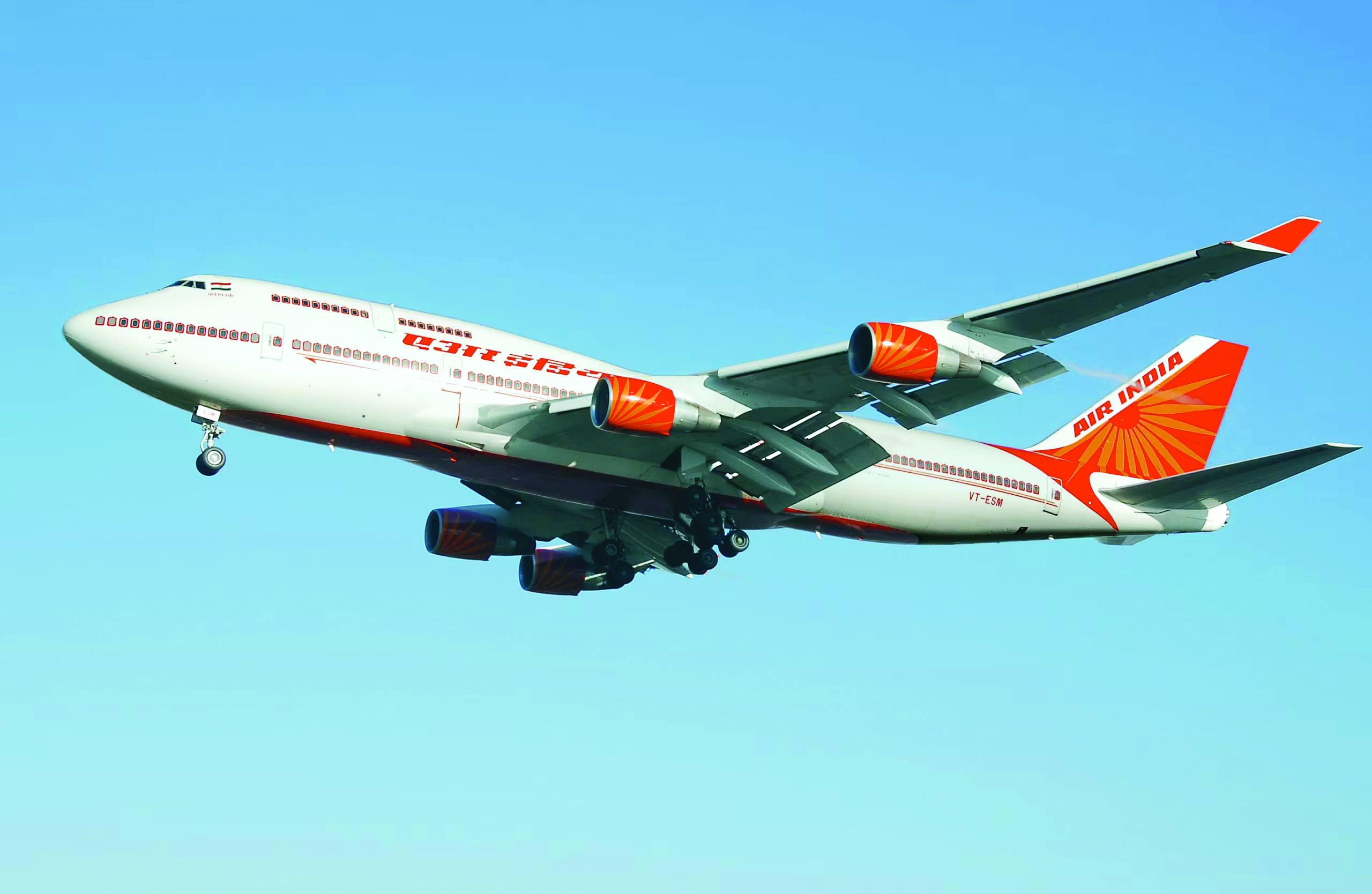Air India’s mega 470 aircraft order ignites myriad expectations in & about India

New Delhi/ Mumbai: From increased direct international air connectivity to being a showpiece of divestment programme to job creation in faraway US, Air India’s mega 470 aircraft order has ignited myriad expectations in and about the world’s fastest growing aviation market — India.
A raft of factors — surging air traffic demand, rising middle class population and disposable incomes, demographic dividend, over 1,200 planes on order by various Indian carriers and improving aviation infrastructure — are all fuelling the growth of the market.
Out of the 470 firm aircraft order, 250 will be supplied by Airbus and 220 by Boeing, while there is also the option to buy another 370 planes from the two plane makers. The firm order includes 70 wide-body aircraft.
Indian airlines have placed orders for more than 1,100 aircraft that are to be delivered in the coming years. The country’s largest airline IndiGo is to take deliveries of around 500 planes, Go First is to receive 72 aircraft, Akasa Air is to get 56 planes and Vistara is to take 17 aircraft. Besides, SpiceJet has aircraft on order. All of them are narrow-body planes.
Together with Air India, the domestic carriers have at least 1,115 planes on order.
Around 700 commercial aircraft are flying in India and majority of them are narrow-body planes. About 470 aircraft of Airbus and around 159 Boeing planes are in commercial service.
GE Aerospace’s Country Head, South Asia & Indonesia, Vikram Rai said India has the potential to grow both on the wide-body and narrow-body side.
Providing a perspective, he said that in India, pre-COVID traffic was around 75 million international passengers and out of them, 60-65 per cent used foreign carriers.
“With the economy growing and disposable income growing, there is a huge opportunity for Indians to travel abroad... This 75 million passengers is likely to go to 120-125 million over the next 7-10 years,” he said.
India is the world’s third largest and the fastest growing aviation market in the world.
The country’s civil aviation sector is poised for a phenomenal and healthy growth in terms of passengers, aircraft and airports, with the number of air travellers projected to touch 40 crore by 2027, Union minister Jyotiraditya Scindia said on August 7 last year, the day when Akasa Air started commercial operations.
“We are going to add 15 per cent capacity or 100 to 110 aircraft per year. India is looking at close to 1,200 aircraft by 2027,” he had said.
Airports
At present, India has at least 147 operational airports and the number of airports have jumped from 74 nearly nine years ago, especially on the back of the government’s ambitious regional air connectivity scheme UDAN.
While talking about Air India’s plane order, V Thulasidas, who was Air India’s chief from December 2003 to March 2008, said that now the country has world class airports which can act as hubs.
“In terms of size, India should have not just one hub but several hubs like the EU. The hubs can be Delhi, Mumbai, Bangalore, Hyderabad, Chennai, Kolkata, Kochi and others,” he said.
A key takeaway once Air India starts operating the new aircraft is that the international travel of Indians will be catered to mostly by the Indian
carrier.
“Some 125 planes out of the 470 will be for replacement... they have secured their growth plans for at least next 10 years,” an aviation industry expert, who has been associated for long with the airlines sector, said.
According to him, the induction of wide-body planes will help in expansion of fleet as well as operations on both the East and the West coast.”



